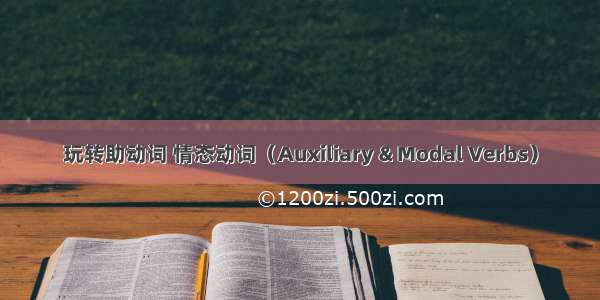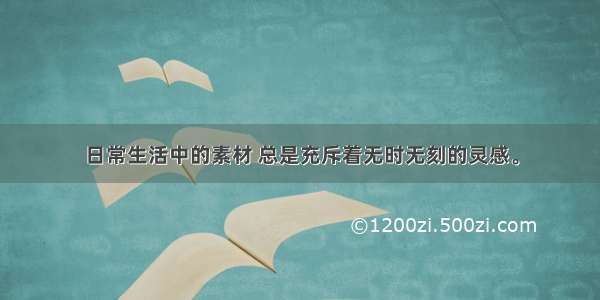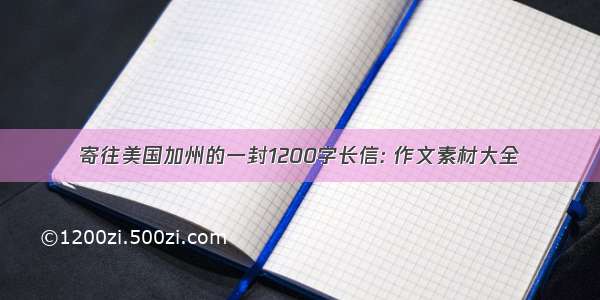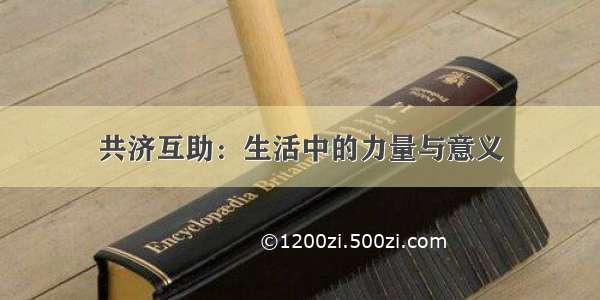
助动词,auxiliary verb
1)auxiliary verb助动词
1.Besides depending on the function,the determination of the minor sort word(such asauxiliary verb) should give dual attention to the significance more importantly.小类词的划分与大类词的确定有一定区别,小类词(如助动词)的确定除了要依靠功能外,更重要的是要兼顾意义。
2.In Chinese,the classification of theauxiliary verb and the adverb always have dispute.汉语中助动词和副词的分类一直有争议。
3.From the perspective of modality,this paper studies the interaction between semantics and syntax ofauxiliary verb "yao".本文从模态语义(modality)角度,考察助动词"要"的意义与形式之间的关系。
英文短句/例句
1.modal auxiliary verb表动词语态的助动词
2.Of, relating to, or being an auxiliary verb.助动词的属于、关于或作为助动词的
3.A Comaparison Between Mongolian and English Auxiliary Verbs--Concurrently on the Gremmaticalized Degree in the Mongolian Auxiliary;蒙古语助动词与英语助动词的比较——兼谈蒙语助动词的虚化
4.A detailed study of the semi-auxiliary Had Better;半助动词Had better用法探微
5.“yes/no” questions begin with an auxiliary or a modal.一般疑问句以助动词或情态动词开头。
6.Syntactical Uniformity between Modal Verbs and Auxiliaries;情态动词与助动词在句法中的同一性
7.Syntactical Differences and Similarities of Some Verbs of MV,PV and Patterns;英语役使动词、感知动词和帮助动词中典型动词在句法上的异同
8.Grammaticalization of Auxiliary "Hao(好)" and Related Phenomenon of Lexicalization助动词“好”的语法化及相关词汇化现象
9.With continuous tenses only, often between theaux and the mainv仅用於进行时态,常置於助动词与主要动词之间
10.A Comparative Study of the Manchu Auxiliary Verb "sembi;蒙古语联系助动词“ge”和满语联系助动词“sembi”的比较研究
11.A Comparative Research of the Pragmatic Meaning of Japanese Complementary Auxiliary Verb"しまう" and Uygur Auxiliary Verbs日语补助动词“しまう”和维吾尔语助动词语用意义比较研究
12.The Research of the Function, Usage and Sources of the Auxiliary Verb and Mood Adverb "Bie(别)";助动词和语气副词“别”的功能、用法及其来源研究
13.The Study of Position Relations between Possible Auxiliary Verb and Adverb;表可能的助动词与副词的位置关系研究
14.Meaning of "neng":an exploration of systematic description of Chinese auxiliary verbs ;释“能”——兼谈对外汉语教学助动词释词的系统化
15.In English the future tense is often rendered by means of auxiliary在英语中,未来式常用助动词来表现
16.Whave3, Bhave 2. As a present tense form of the auxiliary, Bhasbis often contracted toB"s用作现在时态的助动词时,常缩写为
17.It shove here as an auxiliary verb, as in sentence 4.2a.就像在句子4.2a一样,它在这儿做助动词。
18.You shouldn"t drive so fast.下面我们来学另外一个助动词 must。
相关短句/例句
auxiliary verbs助动词
1.All theauxiliary verbs of necessity like yinggai (应该) can express the modality of justice and recognition."应该"等必要类助动词都可以表达道义情态和认识情态,前者可称为必要类动词。
2.Under the direction of prototype theory and the principle of word -class similarity, this paper delivers researches on the fuzziness of boundaries amongauxiliary verbs , general verbs and adverbs, and differentiate them with illustration.本文以原型理论和词类家族的相似性原则为指导,论述了助动词与一般动词及副词边界的模糊性,并举例加以 区别。
3.The author studies thirteenauxiliary verbs in The Book of Master Xun carefully and thoroughly.文章对《荀子》中的助动词进行了穷尽性研究 ,确定了“可”、“能”、“见”等 7个助动词 ,对它们在《荀子》一书中的句式、语义及句法功能进行了说
3)auxiliary[英][?:ɡ"z?li?ri][美][?g"z?lj?r?]助动词
1.The Description of the Grammatical Function of Ke (可) and KeYi (可以) asauxiliary in Shi Ji (史记);《史记》中助动词“可”和“可以”语法功能差异初探
2.It is believed that syntactic restrictions of "hao(好)+V " construction in Mandarin are due to grammaticalization ofauxiliary "hao" and lexicalization of the whole construction.现代汉语中"好+动"的相关句法限制是由助动词"好"的语法化及整个"好+动"结构的词汇化造成的。
3.One "youmeiyou" is used as the main verb of the sentence; the other is used as anauxiliary whose function is to construct yes-no questions.现代汉语中的“有没有”有两种用法 ,一种是作为实义动词的正反重叠 ,用于名词性成分之前 ;一种是出现于动词性成分之前 ,帮助表示对过去是否发生某事件的一般性疑问 ,这种用法应看作是助动词。
4)the auxiliary group助动词词组
5)dynamic auxiliary动态助词
1.The structure adjective+dynamic auxiliary‘了’is always a controversial one.“形容词+动态助词‘了’”结构一直是一个存在争议的结构,对于形容词能不能带动态助词、带上动态助词后词性有无变化的观点,还存在着很大分歧。
2.This article introduces the strategy of the computer automatically generated thedynamic auxiliary "le" in Chinese language.本文主要介绍计算机自动生成汉语中的动态助词“了”的策略。
6)auxiliary word of tense动态助词
1."Jiang" is a newly generatedauxiliary word of tense in modern Chinese."将"是近代汉语中新产生的一个动态助词,萌芽于魏晋,形成于唐代,宋元时期得到充分发展,明清则开始走向衰落。
2.Theauxiliary word of tense de in Qiludeng,which serves to indicate the perfective aspect as well as the continuative aspect,emerged in Tang Dynasty,frequently used in Song Dynasty and came to shrink after Yuan,Ming Dynasty.《歧路灯》中“的”可以用作动态助词,表示动作的完成、实现或持续、进行,动态助词“的”出现于唐代,发展于宋代,元明以后在以北京话为代表的北方官话中已经萎缩,但在中原官话和汉语其他方言中还有不同程度的保留。
3.After the Yuan Dynasty(元) theauxiliary word of tense such as "Jiang(将)"、"Zhe(着)"、"De(的)" and so on had made some new developments that deserve attention both in their functions or usages.元代以后,“将、着、的”等动态助词无论在功能上还是用法上均有一些值得关注的新发展,这在由明人创作又刊行于明代的《金瓶梅词话》中得到了反映。
延伸阅读
助动词1.动词的一类,表示可能﹑应该﹑必须﹑愿望等意思。如能﹑会﹑可以﹑可能﹑该﹑应该﹑得﹑必须﹑要﹑肯﹑敢﹑愿意。通常用在动词或形容词前边。














